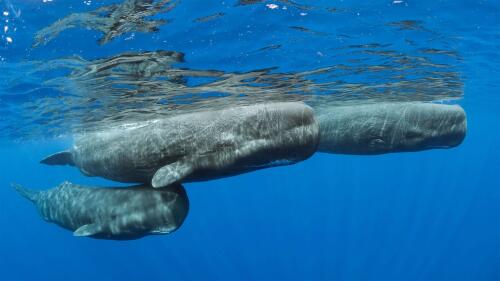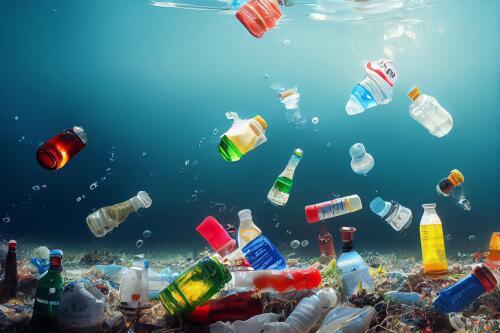studio scientifico
Contrary to what is predicted by the projections of the Intergovernmental Panel on Climate Change (IPCC) - which predict the global sequestration capacity of between 1 and 30 gigatons of carbon dioxide per year - the technologies currently in use, the availability of storage sites and the commitments made by governments to combat the phenomenon could remove a maximum of 16 gigatons of CO2 per year, even if «realistically» the limit will be 5 or 6 gigatons.This was established by a new study conducted by Imperial College, subjected to peer review and published in the prestigious scientific journal Nature, who through new analyzes shows that various estimates on the topic "have been highly speculative".Samuel Krevor, co-author and researcher in Imperial's Department of Earth Science and Engineering, said: «Our study is the first to apply growth models from established sectors to CO2 storage.Our new model offers a more realistic and practical approach to predic...
Implement policies aimed at combating climate change without accompanying them with incentives, price interventions or specific tax policies it could prove essentially useless:is what emerges from new peer-reviewed research led by the Potsdam Institute for Climate Impact Research (PIK) and the Mercator Research Institute on Global Commons and Climate Change (MCC) and published in magazine Science.The study used an innovative approach and a new database to analyze more than 20 years of climate policies, finding that only 63 cases out of approximately 1,500 were actually effective in significantly reducing greenhouse gas emissions.«Our data shows that many policies do not necessarily equate to better results:what is fundamental, however, is the right mix of measures", explain the authors of the study. The research used a new databases of the Organization for Economic Co-operation and Development (OECD) and a innovative approach that combined machine learning methods with...
According to a new analysis, sperm whales use a significantly more sophisticated communication system than previously known by exploiting a multitude of sounds called the "phonetic alphabet", which in some ways is managed in significantly similar even to human language.This is reported by a new peer-reviewed study, published in Nature communications and conducted by a team of researchers including some of the team of machine learning of the CETI (Cetacean Translation Initiative) project, which studied the sounds of dozens of whales recorded and processed for years.«Research shows that the expressiveness of calls it is much broader than previously thought», commented Pratyusha Sharma, PhD student in robotics and machine learning at the Massachusetts Institute of Technology and co-author, who added that the next studies will address what sperm whales could actually communicate with each other. THE sperm whales are a group of cetaceans from the Fiseteridae family.The...
For the first time, an orangutan was observed and documented who used the leaves of a plant to heal a wound by applying certain substances directly to the lesion:this is the case of Rakus, a Sumatran orangutan who was caught while applying chewed plant residues with antibacterial and anti-inflammatory properties directly to the face, probably scarred during a clash with a rival.This is reported by the analyzes included in a peer-reviewed study published on Scientific Reports Of Nature.The research team, in 21 years of observations in the Gunung Leuser national park in Indonesia, had never seen other specimens self-medicating using this plant:"As far as we know, this is the first documented case of active wound treatment with a plant species with medical properties by a wild animal,” said senior study author Caroline Schuppli, an evolutionary biologist at the Max Planck Institute of Animal Behavior. The observations, as reported by research, began in 1994 and took place in th...
A new study conducted at Utrecht University has concluded that there is much less plastic waste in the oceans than previously feared, and that much of the plastic in the ocean is made up of large pieces that are easier to clean .The research, as stated by the University in a press release, is based on calculations with a computer model that includes a record number of measurements and observations.The lead author of the study stated that “counts of beach cleanups and observations of large plastic objects floating on the water were added.”Variables that are not foreign to our country, given that 72.5% of waste on beaches is plastic and the Mediterranean remains one of the most polluted seas in the world.However, there is not only good news and the problem should not be underestimated:the estimate of floating waste has increased and it has been discovered that polymers remain in the ocean much longer than previously thought. To date, the total amount of plastic in the oceans...




